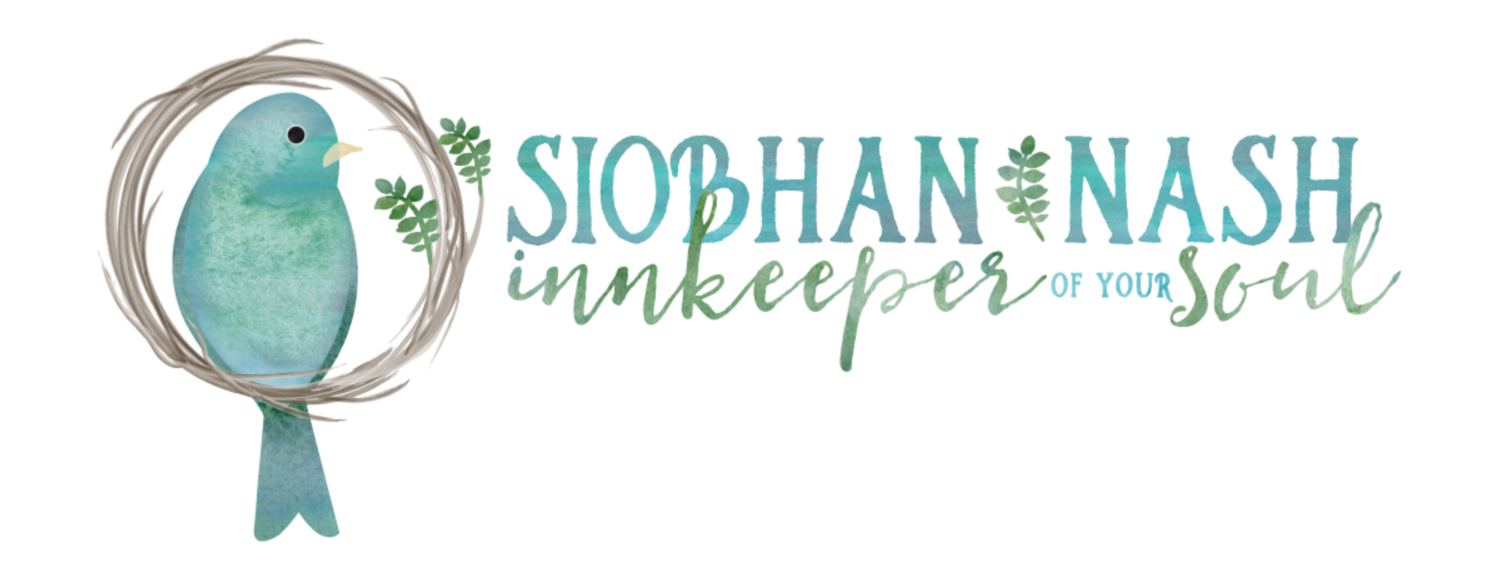Photo by Josh Duncan on Unsplash
July was a month of loss. Four souls in my larger circle passed away. I was doing pretty well being with the loss and staying present to my feelings until the news of the last death. That one pushed me over the emotional edge and suddenly I was eight years old again.
How do I know it was my eight-year-old self that was reacting? Because the first significant loss I experienced happened when I was eight years old when my nana died. One day the person who I associated with unconditional love and adoration was there and the next day she wasn’t. I would never again sit on her lap and hear her sing “Hello, Dolly” to me while snacking on Lorna Doone cookies and Brach’s wintergreen mints.
I was sad and confused by the passing of my nana. I had a lot of questions and a lot of fears about death and my parents didn’t do a very good job of handling the situation, offering neither explanation nor comfort. When I expressed my fears at bedtime one night, I was told “Just go to sleep.”
I’m not here to blame my parents for how they handled the situation. They did the best they could, following the example they’d been given, I’m sure. But my experience with this loss and the change it affected on my life established the pattern for how I would handle transitions from then on.
From my experience with my nana’s death, I learned to do exactly what my parents told me to do and that’s go to sleep. Here’s how that translated into handling transitions:
Keep my head down. This is akin to the old adage “Children should be seen and not heard.” In other words, I don’t want to be a bother by asking questions or otherwise being a nuisance and something to be dealt with.
Do what needs to be done. This includes doing what I think I should be doing and doing whatever it takes to keep moving forward. This also usually involves putting myself on the back burner and losing myself in numbing distractions like doing busy work, watching too much TV, or indulging in too much food and/or drink while also making sure everyone and everything else is taken care of.
Go with what I know. I will find comfort by returning to something familiar—a person, place, or behavior. It’s a weird combination of both moving forward and going backward at the same time.
Put on a happy face. This involves pushing aside any negative emotions like anger, sadness, or grief until a more appropriate time for dealing with them presents itself. It never does. (See “Do what needs to be done” above.)
Withdraw. Whether physically or emotionally, I will leave the unpleasant situation by disconnecting from myself and those closest to me. This creates confusion for them and leaves me without the love and support I need during a difficult time.
Fall apart. A couple months or more later, something will happen that will bring me to my knees and everything I’ve been holding back will burst through the proverbial flood gates, forcing me to deal with everything I had been trying to ignore.
There’s a Zen saying, variations of which I’ve heard from multiple sources:
“The way a person does one thing is the way they do everything.”
And so this is the pattern I have repeated, to a greater or lesser degree, with many transitions that have followed a major life event—from my mom’s stroke and my dad’s death to my divorce.
This doesn’t mean I am doomed to always handle transitions this way. However, I couldn’t change the pattern until I recognized the pattern. Once I did that, I could create strategies for coping with transitions in a more thoughtful way.
Here’s what I have found works for me:
Time and space. I need a lot of time to myself to just be with what is happening so I can process my thoughts and feelings. For me, journaling is helpful in getting out everything that is swirling inside my head so I can feel into my heart. Also helpful, rest and lots of it.
Connection. Instead of withdrawing from life and from other people, I need to connect with them—both through direct interaction and even through reading books. Oftentimes that virtual connection with a character’s situation really helps me connect to my own feelings so I can let them move through me. Shortly after moving to Oregon, I received Ruth Reichl’s “My Kitchen Year” as a birthday gift. Reading her experience of transition following the demise of Gourmet magazine and her career brought me comfort and hope, and helped me navigate my own transition at the time.
Presence. When I do those things, give myself space and time and connection, I slow down enough to recognize when I may be living on auto-pilot and ignoring what’s going on inside me. Being present allows me to take care of me instead of thoughtlessly moving through my days taking care of everything and everyone else. Being present also helps me to assess what I need based on how I’m feeling and to strike the right balance between time alone and time with others.
I’ve said it before: Transitions are tricky. One of the ways they are most tricky is that transitions don’t announce themselves and so we don’t always recognize when we’re in a one. When I give myself the time to be connected and present, and to just be, these strategies can also help me know when I’m in a transition.
How have you typically done transitions? What strategies have you found helpful in navigating them?

